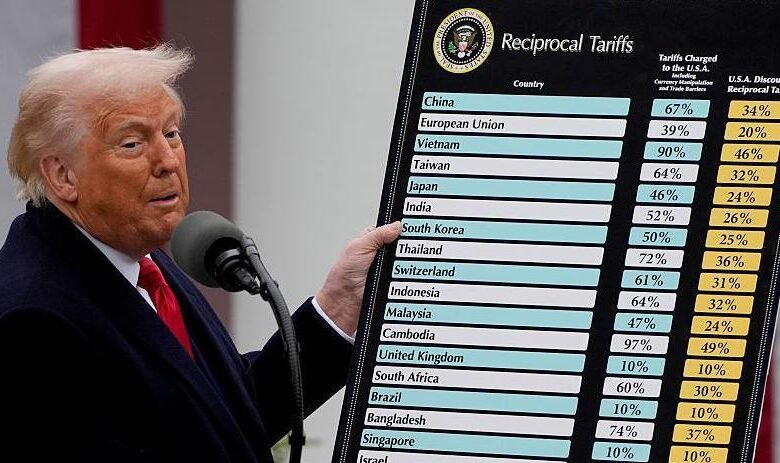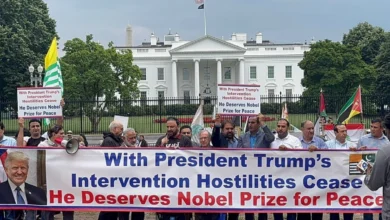Trump Tariffs Blocked by U.S. Court: What This Means for America’s Trade Wars with China, EU, UK & More

Since returning to office, President Trump has aggressively imposed tariffs aimed at reshaping global trade. However, a recent ruling by the U.S. Court of International Trade declared many of these tariffs illegal, stating that the 1977 International Emergency Economic Powers Act (IEEPA) does not authorize the president to impose such duties unilaterally.
What Did the Court Decide?
The federal panel ruled that Trump overstepped his authority by imposing harsh tariffs on dozens of countries. This decision affects key tariffs on major trade partners, including China, Canada, Mexico, and the European Union. The U.S. Justice Department has announced plans to appeal the ruling.
Who Has Been Impacted by These Tariffs?
-
European Union: Trump initially threatened a 50% tariff on EU goods but delayed this after talks with EU officials. The court ruling now adds further uncertainty to future trade relations.
-
China: Following intense negotiations, the U.S. and China agreed to reduce tariffs temporarily. The court ruling reduces China’s tariffs on U.S. imports from as high as 145% to around 30%, while China cut its duties on U.S. goods to 10%.
-
Apple: Trump targeted Apple CEO Tim Cook, demanding that iPhones sold in the U.S. be manufactured domestically or face a 25% tariff, adding pressure on global supply chains.
-
United Kingdom: Trump imposed a 10% tariff on British goods, including cars and steel. A preliminary deal has been made to ease some duties, but the court ruling casts doubt on the long-term trade strategy.
What’s Next for U.S. Trade Policy?
This ruling removes a critical bargaining chip for the U.S. in ongoing trade negotiations, potentially complicating efforts to secure new agreements with global partners like India, Japan, South Korea, and Vietnam.
As the Justice Department appeals the decision, markets and trade experts will closely watch how this impacts the evolving global trade landscape and America’s economic diplomacy.





